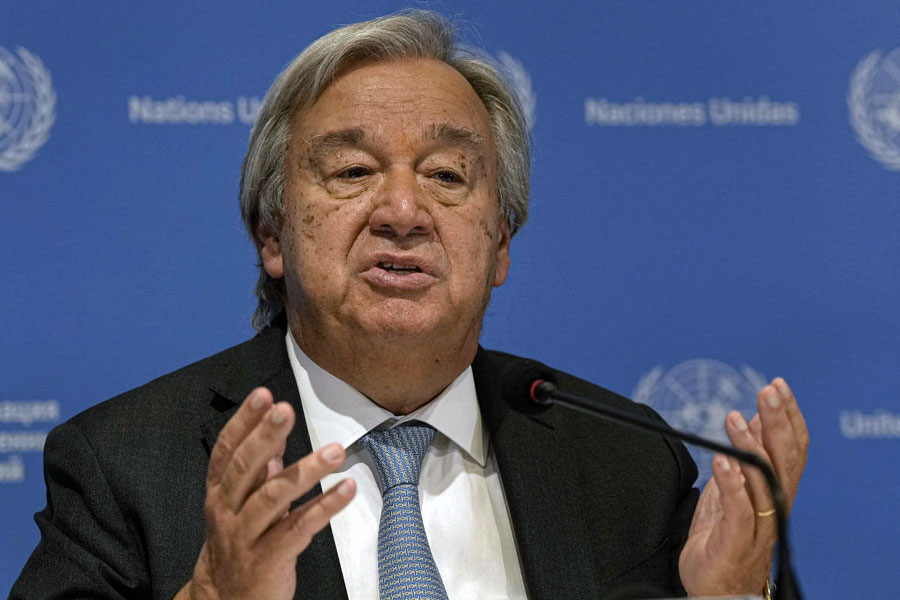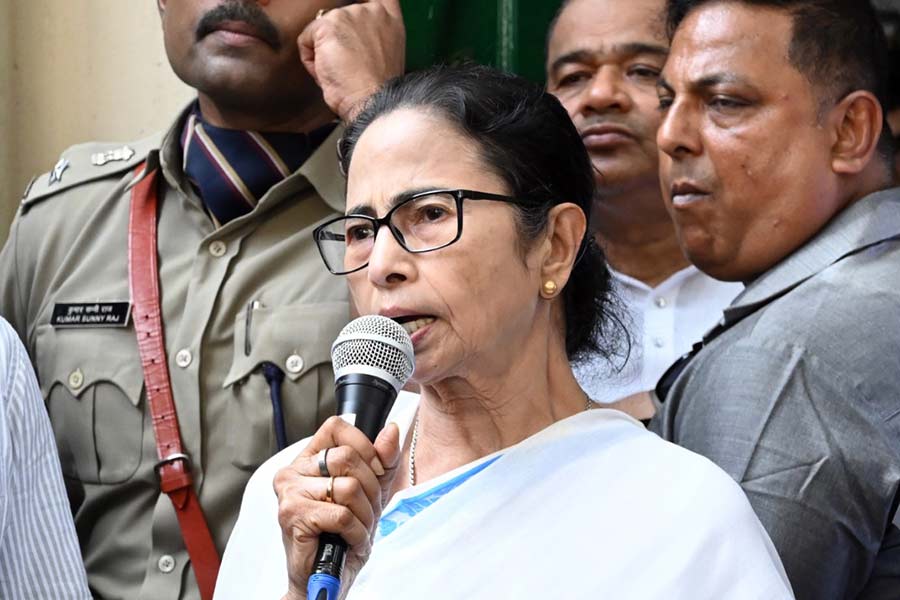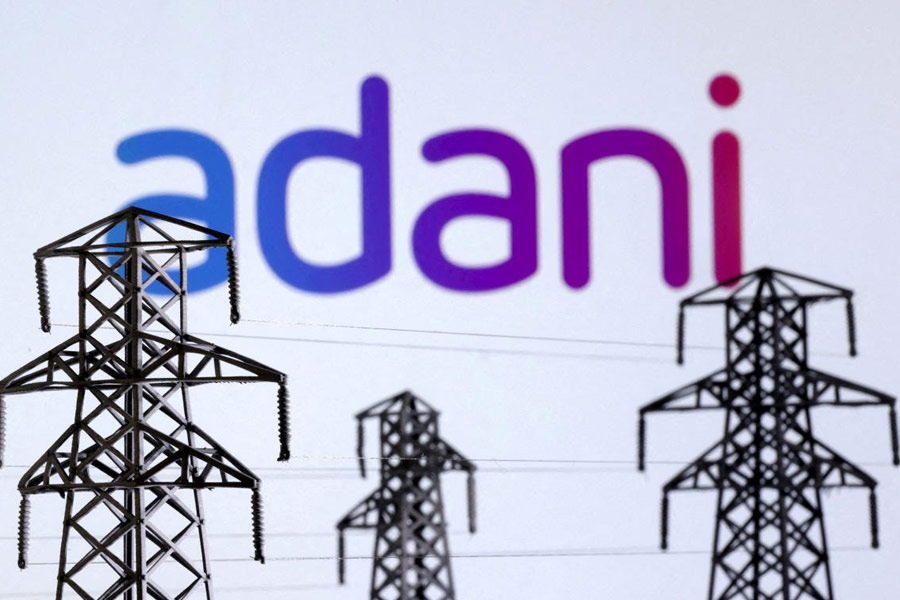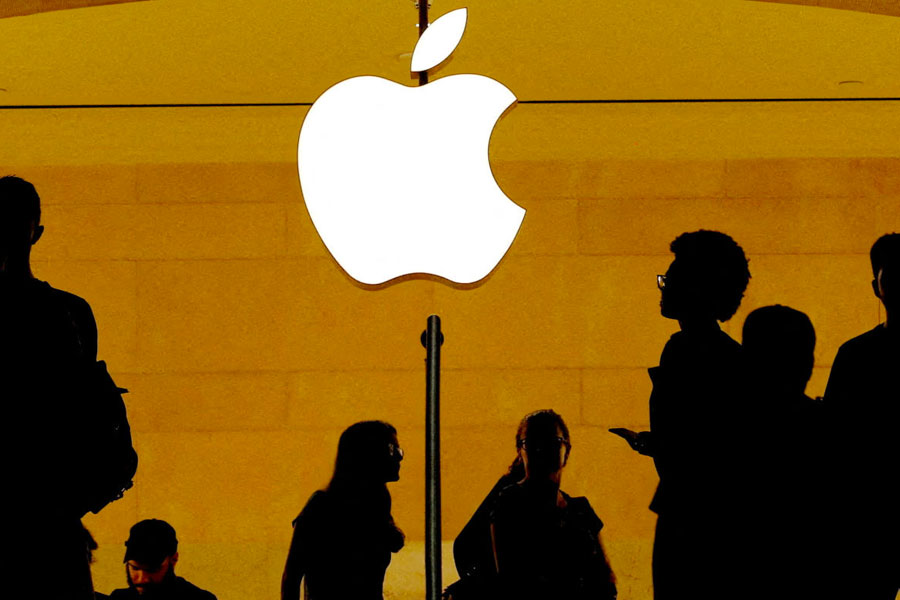 |
 |
 |
| INDIA SHINING: Huge infrastructure projects are underway across the country |
You could call it the rebuilding of India. In Mumbai, Anil Ambani’s Reliance Energy is about to start work on a 12.5-km metro link between Versova and Ghatkopar. A few kilometres away, Mumbai’s down-at-heel Chhatrapati Shivaji Airport is being converted into a glittering state-of-the-art palace for air travellers.
Cut to Gujarat where the Adani group wants to expand Mundra and turn it into one of western India’s top ports. Head further south to Hyderabad, where the GMR group is putting the final touches on a new airport that — when it opens in five months — will be the most modern in the country.
India is famous the world over as the country with the most spectacular pot-holed roads, ramshackle airports that look more like railway stations and ports where ships are stuck for weeks because of a shortage of berths. And, last but not least, the crippling power cuts. Is all that about to become a thing of the past? Not by a long shot. But change is coming at a faster pace than ever before. “The last six months have been very action packed,” says Amrit Pandurangi, executive director, infrastructure and transportation, PriceWaterhouseCoopers.
The scale of what’s happening is most visible in the nation’s capital, New Delhi, where a race against time is underway. The city is being spruced up for the Commonwealth Games in 2010 and the clean-up is starting at Delhi’s Indira Gandhi Airport which is being totally redesigned and modernised.
Also, the Delhi Metro is racing against the clock, trying to build 110 km of new lines, including one that will take passengers to the new airport. Around the city, 27 new flyovers are scheduled to come up by 2010.
But don’t think that all the action is in Delhi. The biggest chunk of action is, in fact, out there on India’s highways where — despite all the obstacles — the speedometer is still ticking along at a brisk pace. “In terms of volume the road sector has seen the biggest activity and this momentum is likely to continue,” says K.V. Ramaswami, president (construction), Larsen & Toubro (L&T).
Sure enough, there have been problems over land acquisition. But that hasn’t turned the light red on the road sector. In fact, state governments have stepped up the pace of building even when some of the Central government’s projects have ground to a halt.
So you have Reliance Energy which will soon be building over 400 km of roads. And the Hyderabad-based GMR has just finished two highway projects (in Tamil Nadu and Andhra Pradesh) and it’s working on four more, including one from Chandigarh to Ambala. “The National Highways Authority has had a slowdown but momentum has picked up in states like Punjab and Rajasthan,” says Pradeep Singh, vice- chairman and managing director of an infrastructure financing company that is just about to be launched.
Everyone’s expecting astronomical sums to be spent on rebuilding India. The government’s own estimates are that about $480 billion (Rs 18,87,840 crore) must be spent on infrastructure in the next five years. To keep that in perspective, remember that India’s defence budget is about $20 billion (Rs 78,660 crore) annually. A report by Ernst & Young released last week reckoned that the private sector alone would have to invest $101 billion (Rs 3,97,233 crore) on infrastructure building in the coming five years. Transforming India’s creaky infrastructure will be a costly business — but nobody’s worrying that cash will run short. Money is pouring into the sector from all directions.
One cash-rich global player that’s betting big on India’s infrastructure is private equity giant Blackstone which has teamed up with Citigroup to launch a $5 billion (Rs 19,665 crore) fund for the sector. Closer home, ICICI Bank has also announced that it will be pouring about $5 billion into a similar fund. Similarly, UK-based private equity player 3i is putting together a $1-billion (Rs 3,933 crore) fund.
For companies like GMR and another Hyderabad-based company GVK, there have been substantial rewards for getting into infrastructure development long before it became fashionable.
GMR was fairly unknown outside Andhra Pradesh barely a decade ago. Its boss Grandhi Mallikarjun Rao made a smart bet by investing in Vysya Bank in the 1990s. Then he made a second smart call by cashing in on that bet and putting the money in infrastructure. He has put up one power plant and is doing both the Hyderabad and Delhi airports. What’s more, the company has spread its wings and won a contract to modernise an airport near Istanbul. Besides that, it’s also into road building and will be developing a giant township under the Special Economic Zone (SEZ) scheme. “We don’t need to look at any other sectors. There’s enough to do in these,” says a company spokesman.
Or look at Reliance Energy which is readying for a huge burst of growth. It has, of course, lined up huge expansion plans in the power sector. But that’s only one part of its story. It’s also doing Phase One of the Mumbai Metro and is bidding for Phase Two. In Delhi too it’s the front-runner for the Delhi Airport Metro Corridor.
Then there’s L&T which has almost become synonymous with mega projects. The construction company has had an astonishing run in the last year and its net profits have shot up by 96 per cent during the July-September quarter compared to the same time a year ago. Says Ramaswami: “About two years ago any order in the range of Rs 1,000 crore was rare and considered a large project. Now mega projects are in the range of $1 billion.” L&T’s current order book in infrastructure is around Rs 22,000 crore.
One sector that’s still to see the light is, of course, the power sector. But even here there are signs that the action is slowly beginning — though it may take another year or two to show. Nevertheless, the smart money is betting that the power sector’s problems will be partially solved in the coming years. One sign of progress came on Friday when Reliance Energy was declared the lowest bidder in the Krishnapatnam ultra-mega power project. “The ultra mega power projects have proved that the private sector is willing to invest huge amounts if the project is well-structured,” says J. P. Chalasani, director, business development, Reliance Energy.
One thing’s for sure. In the coming years there’ll be a huge burst of spending on infrastructure that will dwarf everything that has happened so far. In Mumbai, for instance, Mukesh Ambani is already pushing ahead with his ambitious plans to build a whole new city in Navi Mumbai — he expects to spend about Rs 25,000 crore ($6 billion) on it. Similarly, DLF has announced that it’s teaming up with a Dubai-based developer to build a huge $12.5 billion township near Bangalore. Besides that, there are scores of projects to create special economic zones that will soon get under way. Also, gas pipelines are being laid all over the country and gas distribution networks are being built in the cities.
And even that will look like small potatoes if the proposed Delhi-Mum- bai Industrial Corridor gets off the ground. This project involves building a rail link that will carry freight between India’s top two cities. But that’s only the beginning — townships and industrial estates will be built along the corridor. Planners are already talking about finishing the first phase by 2012. The price tag: about $100 billion.
Is it going to be tough to get all these projects off the ground? The answer is yes. All infrastructure projects involve close interaction between the government and the private sector, and their relations are often rocky. In Delhi, for instance, GMR and the civil aviation ministry are already squabbling over the terms of the Delhi airport project. How will the drive to build new infrastructure affect the Indian economy? The mega projects will boost growth and should keep the economy ticking along for the next decade. At the ground level it will provide employment for millions. And just remember, the action has only just begun.











